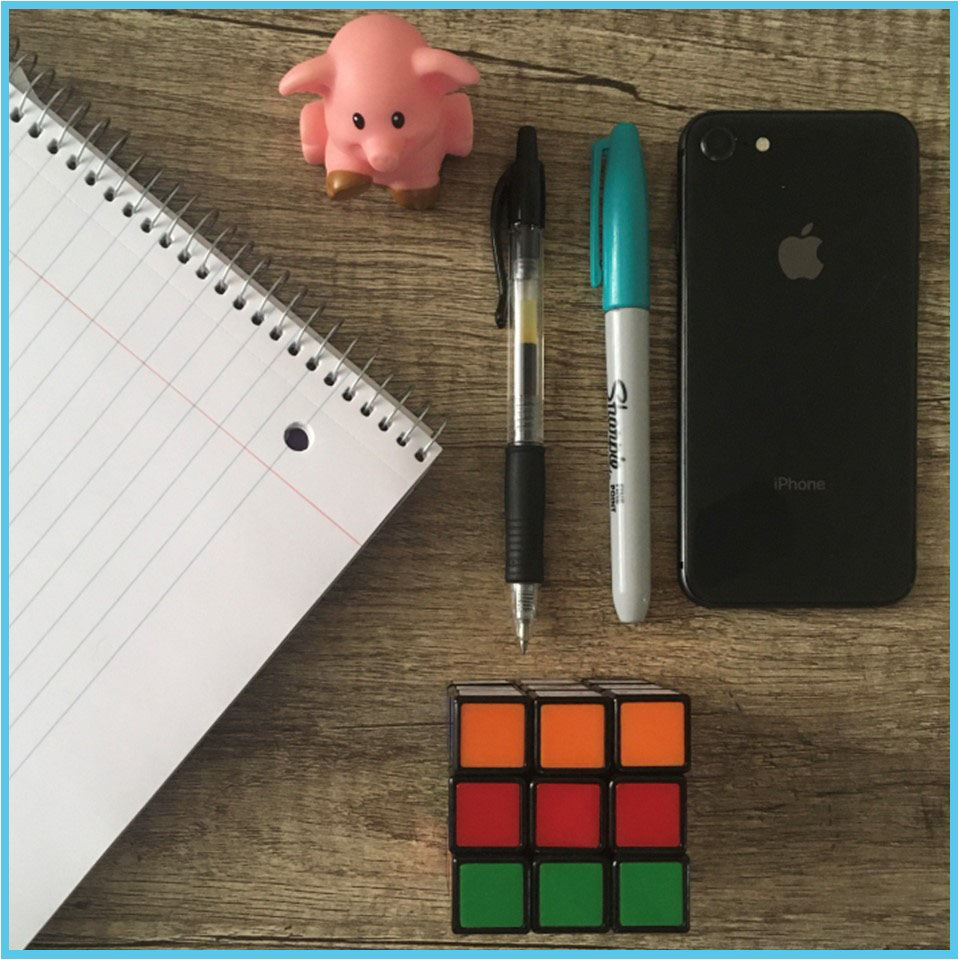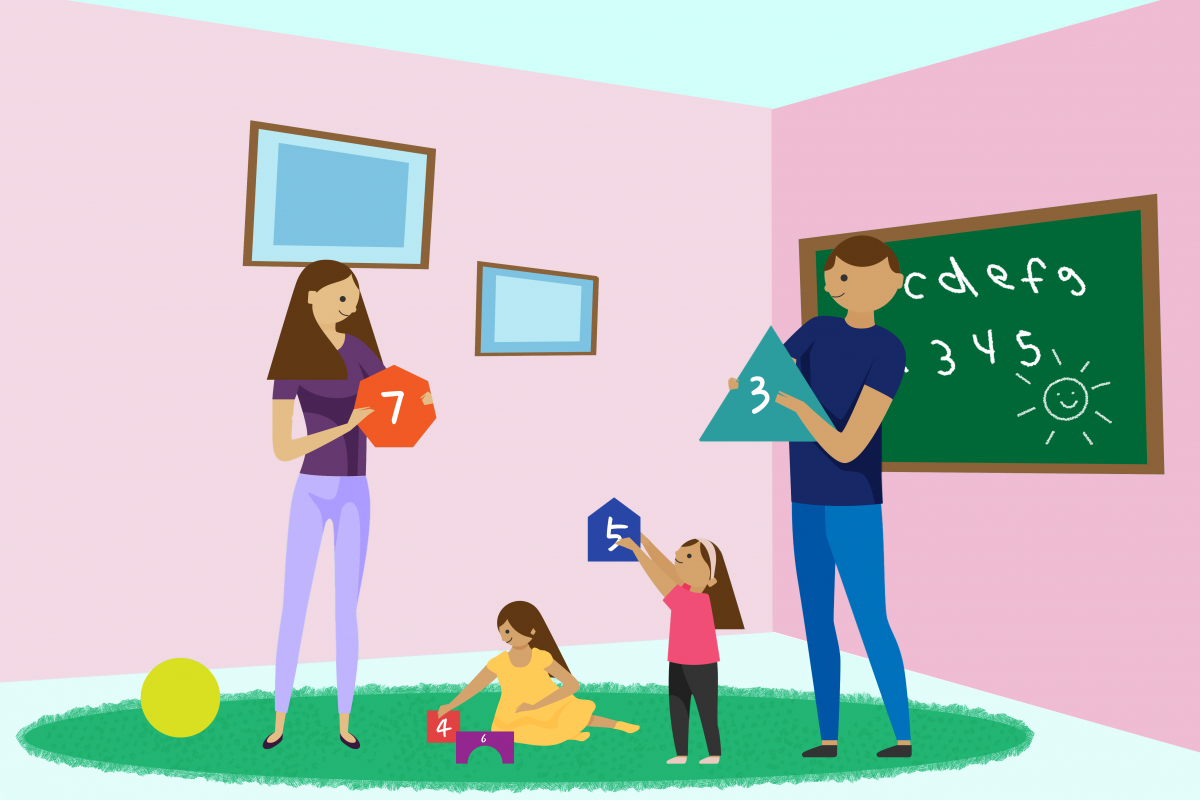Children’s lives revolve around social interactions that help them figure out what it means to be a member of their family and community. But recent shelter-in-place efforts have limited many of these routine yet vital experiences — especially because young kids can’t video call or text their friends as freely as others.
“Social interaction is essential for learning and for general psychological well-being. Like adults, children need social connection with others,” says UT Austin developmental psychologist Cristine Legare, whose recent research, highlighted in The Science of Learning and Teaching at Home, can help parents ensure their kids are getting the most out of their family experiences at home.
In the studies, Legare and her collaborators followed children and their parents through gear exhibits at children’s museums. Their findings show that family interactions support their children’s learning process, and that children benefit most from a little bit of independent exploration complemented by well-timed guidance.
“If you can give a bit of critical information at just the right time, parents can help create these aha moments that unlock new understandings for their children,” Legare says. “This requires being in-tune with each other and attentive to your child’s interests. Parents have to carefully attend to what their child is doing and what they’re interested in to provide the guidance they need at the right time.”
Doing simple, fun activities with kids at home can help families connect in ways that enrich learning experiences and reveal new interest. Legare and her colleagues at Thinkery, Austin’s children’s museum, recommend three activities that help kids learn through play at home, along with a few tips on how to get the most out of it:
1. Explore the Science of Cooking
The kitchen is an excellent learning space because it involves something kids are already motivated about — food! Food is a great way to teach children about everything, from how the body digests and how chemistry works, to where foods come from and what cultures they derive. In this activity, children are invited to peel, chop, measure and mash ingredients for homemade applesauce. This is a recipe where children can help with just about every step, so parents should set aside some time and allow children to explore these steps at their own pace.
Supplies needed: Apples, Cinnamon, Water, Vegetable peeler, Butter knife, Cutting board, Large saucepan, Mixing spoon, Measuring cups, Large bowl, Potato masher, and a Fork.
Remember, it takes a village: Children don’t just need their parents — they grow by learning from their peers and siblings, too. So, let the whole family in on the fun. Older siblings are great playmates and role models because younger children aspire to be like them and they care about their opinions. In general, older peers know more and have more experience. But unlike parents, they tend towards less-formal instruction, which can allow more opportunities for kids to learn.
2. Illuminate Interest with Shadow Tracing
Simple activities with household items can improve children’s observational, fine-motor and collaborative skills. In this exploration of light and shadows, children observe how the angle of a light source alters the shape and direction of a shadow by tracing and comparing shadows as they move the flashlight around the object. This activity works best with a partner, which is a great opportunity to practice social skills, such as cooperation and communication.

Supplies needed: Flashlight, Paper, Writing utensil, Small object or toy.
The activity guide (pdf) | activity guide – Spanish (pdf) offers full directions, adaptions and suggested questions to get your child thinking in new ways.
Get the most out of child’s play: Children are really curious about all of life’s little surprises, but don’t always spontaneously generate explanations for them. Strategically-timed questions can reveal the hidden puzzle piece in a child’s understanding of how processes and mechanisms work. After letting your child explore the activity for a bit, ask them questions about why things turned out a certain way. Doing so, will provide a window into what your child is thinking and can help shift the focus to learning about their interests, rather than learning just to make it through a lesson plan.
3. Check out Thinkery at Home for More Learning Fun
Museums are an excellent avenue for kids to explore learning and their community. Thinkery is one of Austin’s most visited museums, bringing together all kinds of community resources for families. Through a series of special grants, Legare has been able to establish a close relationship with the local children’s museum to work toward creating a more meaningful and informed museum experience.
“Partnering with museums helps create a more structured environment for families to learn in and gives them access to more useful, scientific information,” Legare says, adding that the ultimate goal is to improve learning and the quality of interactions so children are inspired and interested in learning about the process of science.
“A key part of our current work is utilizing Dr. Legare’s research to incorporate exhibit enhancements that will support caregivers as facilitators of children’s STEAM knowledge, inquiry- and play- based learning throughout the museum,” says Adrienne Barnett, director of learning experiences at Thinkery. “This collaboration provides Thinkery the opportunity to translate best practices from learning sciences into Thinkery’s educational fabric — ultimately strengthening children’s learning skills.”
Through their partnership funded by the Institute of Museum and Library Services (IMLS), dubbed Thinkery Connect, the museum has begun to set up an on-site Research Hub for Legare’s team to work and learn from local museum-goers. Soon, the research team will use the space to prototype new exhibits and offer curated community and caregiver resources. Eventually the collaboration will expand to create new research-based exhibit spaces within Thinkery.
“We are excited to further solidify the museum-university research partnership with Dr. Legare and continue our shared work towards enhancing parent-child interactions and promote children’s learning,” says Heather Singh, associate director of school and gallery education at Thinkery. “We have always grounded our work in evidence-based research but making it accessible to families in our community in a way that is useful in their daily lives is what will continue to make places like Thinkery a sought out resource.”
